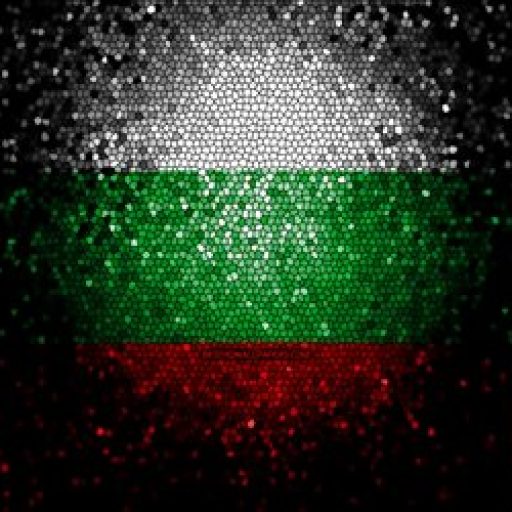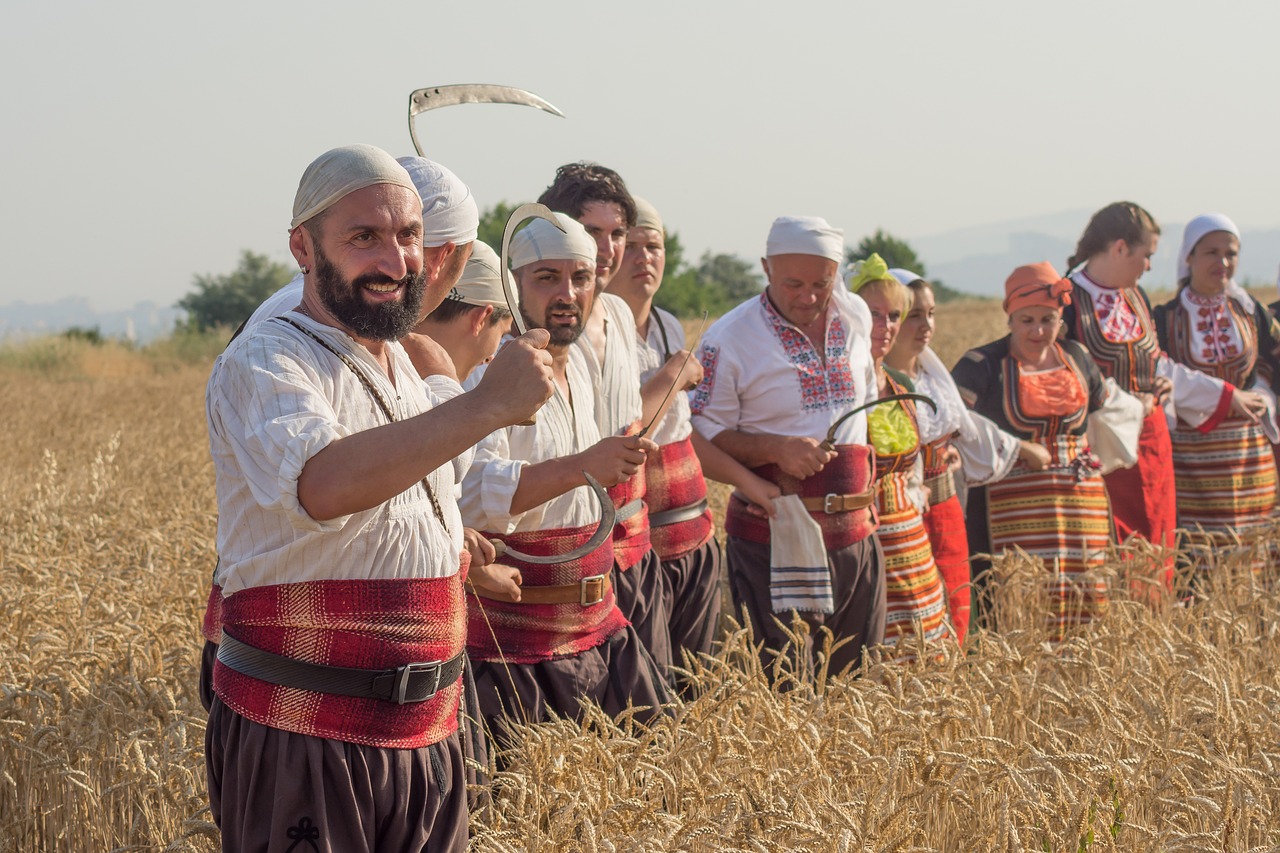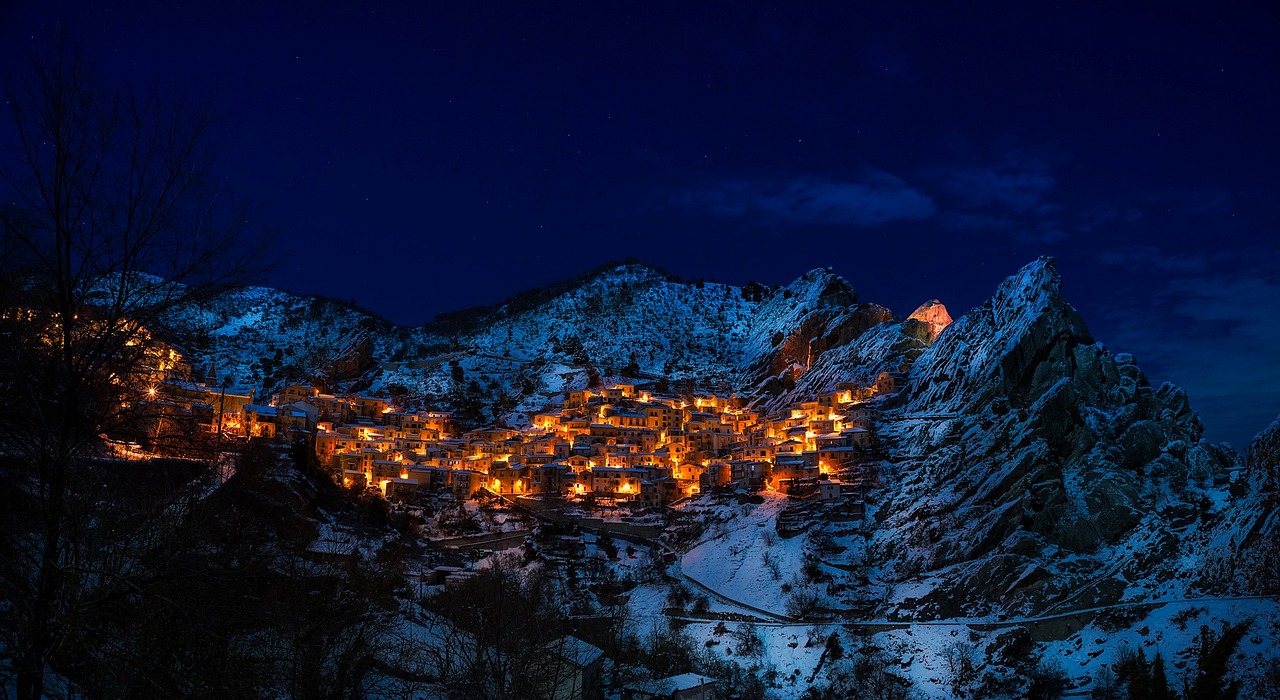Nestled on the banks of the Golyama Kamchia River in Bulgaria, Veliki Preslav stands as a testament to the grandeur and cultural significance of the ancient Bulgarian state. With a history spanning over a millennium, this historical town-fortress has witnessed the rise and fall of empires, serving as the capital during the Golden Age of Bulgaria. Veliki Preslav’s architectural splendor and remarkable monuments transport visitors back in time, offering a glimpse into its glorious past. The town’s national historical-archaeological reserve boasts a wealth of treasures, including the remains of churches, monasteries, and palaces, while the Archaeological Museum showcases valuable artifacts, such as the renowned Preslav Gold Treasure. As one explores this ancient capital, the profound historical and cultural heritage of Bulgaria unfolds before their eyes, leaving a lasting impression and a desire for further exploration. Veliki Preslav truly stands as a beacon of freedom, inviting all who visit to delve into its rich tapestry of history and embrace the spirit of its ancient inhabitants.
Key Takeaways
- Veliki Preslav was established over 1100 years ago and became the capital of the Bulgarian state after the Preslav Council of the Church and the People in 893.
- It was a spiritual and literary center during the Golden Age of Bulgaria under Tsar Simeon I.
- The fortress of Preslav had inner and outer fortification systems, with round and square towers, and the remains of the Big Palace and Western Palace can still be seen today.
- The Veliki Preslav National Historical-Archaeological Reserve is home to numerous historical monuments and significant cultural artifacts, including the Golden Church and the Archaeological Museum of Veliki Preslav.
Historical Significance
Veliki Preslav holds great historical significance as the capital of the Bulgarian state during the Golden Age under Tsar Simeon I. Its remains, including the Big Palace, Western Palace, and the Golden Church, serve as a testament to its grandeur and architectural achievements. Veliki Preslav played a crucial role in Bulgarian literature, being a spiritual and literary center during this period. It was a hub of cultural and intellectual activity, fostering the development of the Cyrillic script and the spread of literacy among the Bulgarian people. Additionally, Veliki Preslav was a key player in the Byzantine Bulgarian Wars, with its strategic location and powerful fortifications making it a formidable stronghold. Its capture by Byzantine forces marked a significant turning point in the conflict and the subsequent reestablishment of the Bulgarian state.
Architecture and Monuments
The architectural landscape of this historical town-fortress showcases a diverse range of monuments and structures, each with its own unique architectural style. The remains of the Big Palace and Western Palace are prominent examples of the grandeur that once existed in Preslav. The fortress itself had inner and outer fortification systems, with round and square towers that exemplify the strategic design of the time. The Golden Church, a magnificent example of Bulgarian architecture, stands as a testament to the artistic and engineering prowess of the era. Preservation efforts have been made to maintain the integrity of these structures, allowing visitors to appreciate the historical significance of Veliki Preslav. The Archaeological Museum of Veliki Preslav also plays a crucial role in preserving and showcasing valuable artifacts, including ancient inscriptions and a unique collection of lead seals. Through these preservation efforts, the architectural heritage of Veliki Preslav continues to captivate and educate visitors.
Excavated Artifacts
Excavations in the historical town-fortress of Veliki Preslav have unearthed a wide array of artifacts that provide valuable insights into the cultural and artistic practices of the time. These preserved treasures offer a glimpse into the rich history of the ancient capital. Among the archaeological discoveries, the most notable ones include:
-
The Preslav Gold Treasure: This collection of gold jewelry, vessels, and coins is a testament to the wealth and craftsmanship of the Bulgarian rulers. It showcases intricate designs and delicate workmanship.
-
Ancient Inscriptions: Numerous inscriptions found in Veliki Preslav shed light on the language, religion, and administrative practices of the period. They offer valuable information about the social and political structure of the Bulgarian state.
-
Collection of Lead Seals: The Archaeological Museum of Veliki Preslav houses a unique collection of lead seals used in official documents. These seals bear the names and titles of important officials, providing insights into the bureaucratic system of the time.
These excavated artifacts contribute greatly to our understanding of the historical significance of Veliki Preslav and its role as a cultural haven during the Golden Age of Bulgaria.
Tourist Information and Visiting Tips
The tourist information center in Shumen provides comprehensive information about the historical town-fortress of Veliki Preslav, including visiting hours, recommended places to visit, and contact details. They can provide detailed information about the opening hours of the Veliki Preslav National Historical-Archaeological Reserve and the Archaeological Museum of Veliki Preslav. Visitors can explore the reserve and witness the remains of churches, monasteries, and palaces. In terms of local cuisine, there are various dining options available in Veliki Preslav, allowing visitors to experience traditional Bulgarian dishes. As for transportation, Veliki Preslav is conveniently located, with Pliska, Shumen, and Targovishte within close proximity. Visitors can easily access Veliki Preslav by car or public transportation. Overall, the tourist information center in Shumen serves as a valuable resource for individuals planning to visit Veliki Preslav, offering all the necessary information for a memorable visit.
Recommended Nearby Attractions
Located in close proximity to Veliki Preslav National Historical-Archaeological Reserve, the Zheravna Architectural-Historical Reserve offers visitors a captivating journey into the rich cultural heritage of the region, with its well-preserved traditional houses and charming cobblestone streets creating a picturesque setting. This reserve, situated in the eastern Balkan Mountains of Bulgaria, is renowned for its architectural treasures and natural beauty. The reserve is home to over 200 historic houses, some dating back to the 17th century, showcasing the traditional Bulgarian architectural style. Walking through the narrow streets, visitors can admire the intricate woodwork, stone foundations, and unique architectural details. The reserve also boasts stunning natural landscapes, with lush greenery, rolling hills, and panoramic views. It is a perfect destination for those seeking to explore and immerse themselves in the cultural heritage and natural beauty of the region.
| Cultural Heritage | Natural Beauty |
|---|---|
| Well-preserved traditional houses | Lush greenery |
| Charming cobblestone streets | Rolling hills |
| Intricate woodwork and stone foundations | Panoramic views |
| Unique architectural details |
Frequently Asked Questions
What is the significance of the Preslav Council of the Church and the People in 893?
The Preslav Council of the Church and the People in 893 held great significance in Bulgarian history. It resulted in the establishment of Veliki Preslav as the capital of the Bulgarian state, leading to its golden age under Tsar Simeon I.
What are some examples of the significant monuments and grandeur of Preslav during medieval times?
Preslav’s medieval grandeur can be seen in its architectural marvels, such as the Golden Church and the Big Palace. Preslav’s cultural achievements had a significant impact, making it a spiritual and literary center during Bulgaria’s Golden Age.
How long did Preslav remain under Byzantine rule before the Bulgarian state was reestablished?
Preslav remained under Byzantine rule until the Bulgarian state was reestablished. This period of Byzantine rule lasted from the conquest by Knyaz Svetoslav I of Kiev in 970 to the reestablishment of the Bulgarian state.
What is the Preslav Gold Treasure and where is it housed?
What is the Preslav Gold Treasure and where is it housed? This valuable collection of artifacts is housed in the Archaeological Museum of Veliki Preslav. It holds cultural significance and provides insight into the ancient inhabitants of Preslav.
What are some recommended nearby attractions to visit in addition to Veliki Preslav?
Nearby attractions to Veliki Preslav include the Zheravna Architectural-Historical Reserve, The Museum of the Kotel Awakening in Kotel, Sherif Halil Pasha Mosque in Shumen, and The Georgi Stoykov Rakovski Pantheon in Kotel. These cultural landmarks make for great day trips and offer hidden gems to explore.












